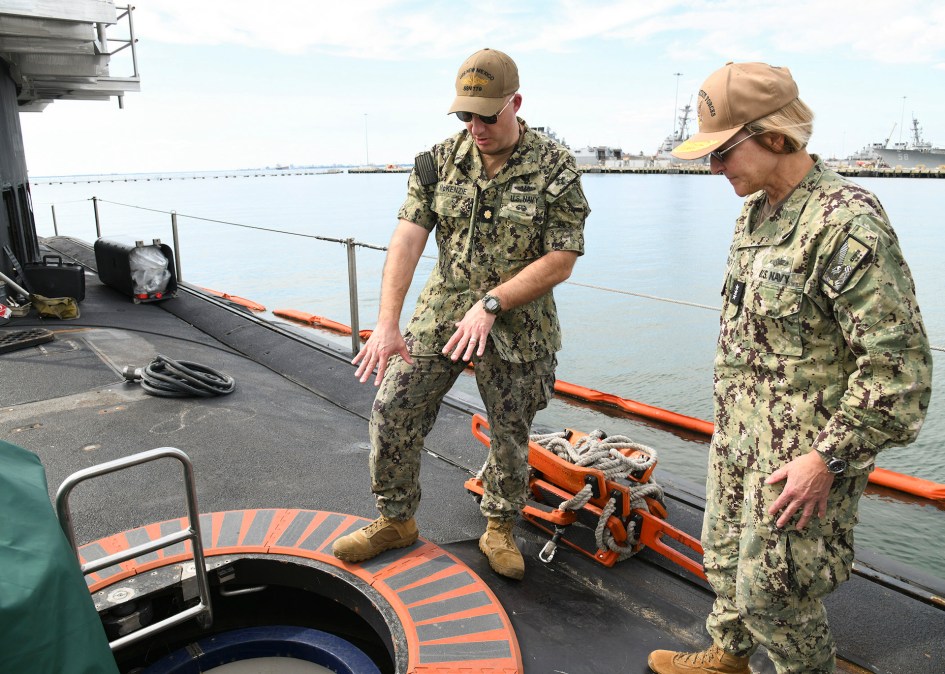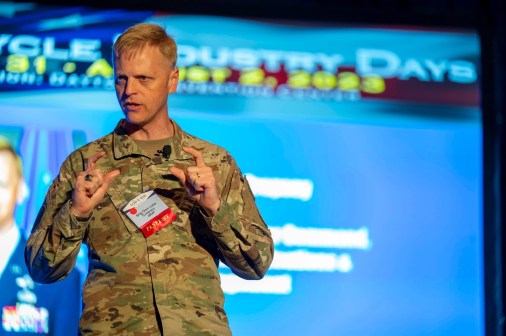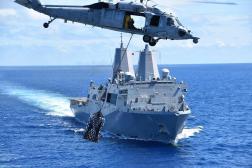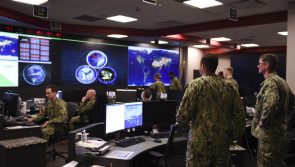Navy’s Project Overmatch could lead to changes in how the service trains its forces

If successful, the Navy’s secretive Project Overmatch could change how the sea service conducts training in the future, especially in information warfare.
Project Overmatch is the Navy’s contribution to Joint All-Domain Command and Control (JADC2), the Pentagon’s new concept for fighting, which envisions getting the right data to the right place for more informed decision making and command and control. While each of the other services have their own approaches, the Navy has been relatively tight-lipped in providing details about its effort.
The information warfare community is now partnering with the Project Overmatch team to develop training associated with the capabilities that will be demonstrated.
“It’s a really great partnership and it’s also informing, I think, how we may need to adjust our training paradigm long term,” Vice Adm. Kelly Aeschbach, commander of Naval Information Forces, said Thursday during a Defense One webcast. “If [Rear Adm.] Doug Small’s team delivers as we hope, it’s going to give us a lot more agility in how we integrate new technologies. And I think our old brick-and-mortar approach to the schoolhouse is something we’re going to have to rethink. This is really giving us an opportunity to consider how we do more mobile, distributed training, use virtual technologies and really look at just-in-time ways to empower our sailors to integrate new capabilities.”
Aeschbach said her forces are co-chairing a cross-functional team looking at integration and training, identifying new requirements and deeper levels of training that might be needed for sailors and officers.
She has previously spoken about the information warfare community’s need for more live, virtual, constructive (LVC) training given the sensitive nature of their capabilities.
Last year, her team worked with Small’s to pilot connecting systems to LVC training, and the results were positive, officials say.
“With success in that we’ll actually be able to measure how well sailors perform and be much more effective in the training we deliver,” Aeschbach said. “We will also be able to really exploit our capabilities because honestly, we don’t want to be out revealing some of the techniques and tactics that we’re developing where others can see what we’re doing or observe and draw lessons from our capabilities. It will be really powerful if we can deliver as we’re planning.”






